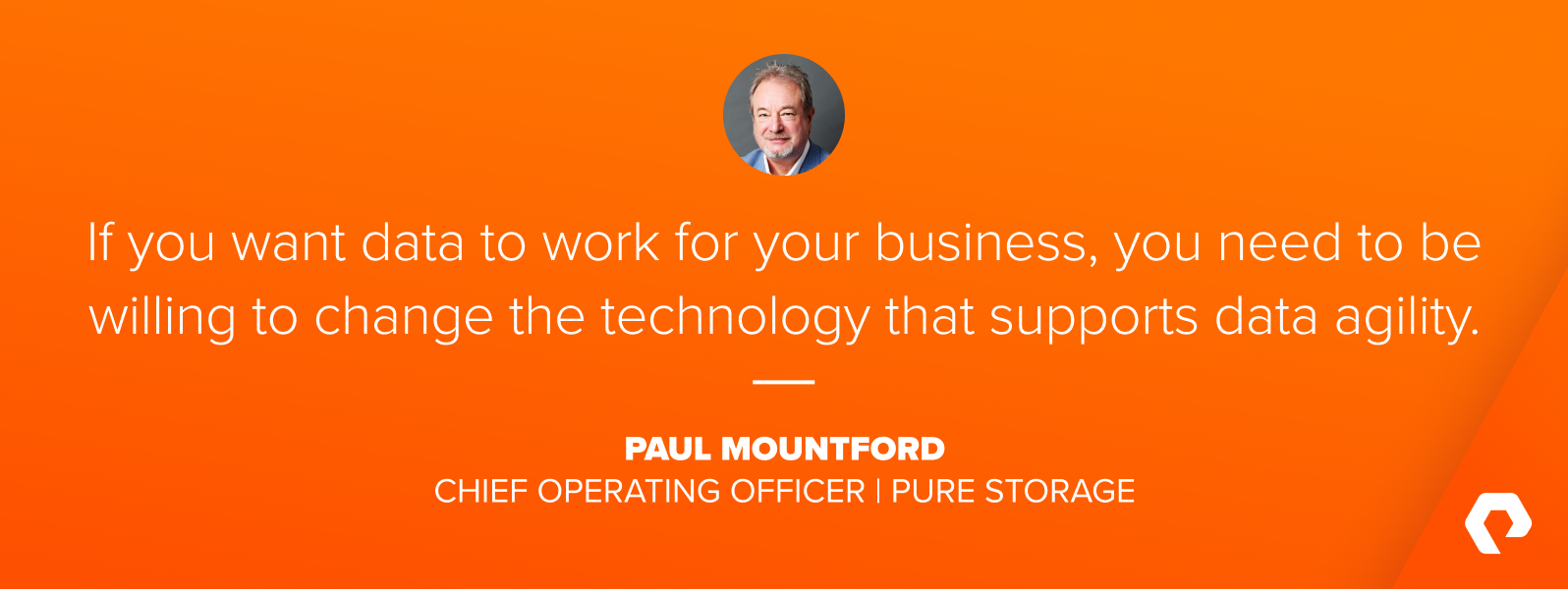 History tells us that when companies dare to challenge conventional wisdom, resist the urge to hunker down and stand still, and shift paradigms, they often reap big rewards.
History tells us that when companies dare to challenge conventional wisdom, resist the urge to hunker down and stand still, and shift paradigms, they often reap big rewards.
Look at Apple’s approach after 9/11 and the economic slump that followed: Rather than cutting back, the tech giant rolled out several groundbreaking, high-priced products—and succeeded. Then there’s Amazon: After the severe global recession in 2009, the company released new Kindle models—and profits took off. Netflix is another case in point. Throughout its growth, Netflix has adapted its product lineup and transformed the entertainment industry, even when critics said the company would fail.
The early months of crisis and great uncertainty reveals which companies become the risk-takers, change agents, and paradigm shifters, and which will crumple under the pressure of taking a chance to change. (We’re looking at you, Blockbuster.)
Standing still and waiting for someone else to do something big and daring is tempting, especially in an uncertain environment. It’s what most business leaders prefer: A survey of employees, published in Harvard Business Review, found that 42% said they never or almost never see anyone in their companies challenge the status quo. And only 3% see status-quo challenges all the time.
Businesses love to talk the talk about encouraging risk-taking, but when push comes to shove, nothing happens. That attitude toward change must—you guessed it—change.
Why Change Makes Paradigm Shifts Possible
Change makes most people anxious, whether it’s happening on the job or at home. Most perceive change as risky, but the true risk lies in doing nothing—as the world won’t wait. As the late Jack Welch, former chairman and CEO of General Electric, observed: “If the rate of change on the outside exceeds the rate of change on the inside, the end is near.”
Robert Iger, executive chairman of The Walt Disney Company, takes a similar view of risk for companies that don’t heed the warning signs that it’s time to evolve, quickly: “If you look at our world today and how much disruption there is, how much change there is, if you play it safe, if somehow or another you try to protect the status quo, you don’t get anywhere.”
Change solves problems that hold businesses back from growth. That’s true in every industry, but the point really hits home right now if your business relies on managing data access among remote workers. In the past several weeks, we’ve all received a master class in optimizing technologies to keep business operational. And we’ve seen how frustrating it is when these technologies don’t work.
“It’s a Netflix-and-quarantine life. But it’s not particularly chill,” says Washington Post technology columnist Geoffrey A. Fowler about workdays littered with failed video calls and fluctuating broadband connections.
When the products that connect us to each other and to our business data work the way they’re supposed to, productivity gains accelerate. This is something we talk about at Pure Storage: If you want data to work for your business, you need to be willing to change the technology that supports data agility. Stick with the status quo from a data storage standpoint, and you run the risk that slow data will slow your business in other, critical ways.
How to Make Paradigm Shifts Happen
“By the time we reach high-level positions, conformity has been so hammered into us that we perpetuate it in our enterprises,” says Francesca Gino, Harvard Business School professor and author of Rebel Talent: Why It Pays to Break the Rules at Work and in Life. It’s the “rebel talent,” as Gino defines it, that fosters innovation and improves operations simply by being bold.
The key is to create change with a strategy and to remember that technology remains crucial to business, no matter how much change is happening. Trends like big data and remote work will always require carefully thought-out plans for change. For example, before investing in new technology, work with vendors who have proven records in their industries—or ask for a proof-of-concept and gather feedback from others who’ve used that technology before pulling the trigger on a purchase.
Advice for Change Agents Seeking to Shift Paradigms
If you’re on the verge of breaking away from the status quo, we have some advice for becoming a change agent:
- Pick your battles. Prioritize suggestions for change by choosing ideas that have the most impact. If you try to push through too much change at once, you’ll ratchet up the anxiety of people who fear the paradigm shift and feel safer keeping the status quo.
- Get buy-in. Change needs a team of believers. Driving change on your own is a pretty tough road. Lay out your case to a broader group to build support and allay fears.
- Streamline your pitch. People can only take in so many value propositions about your idea to shake up the status quo. “The answer needs to tap into what’s meaningful and important, providing an irresistible invitation to come along… If you can’t articulate a clear purpose behind the changes being made, it’s unlikely that your employees will be able to implement them,” writes Edith Onderick-Harvey in HBR.
- Share stories about change and why it works. “Nothing breeds success like success,” says Onderick-Harvey. “Tell the stories at company events and recognize middle and front-line leaders who are looking ahead and identifying opportunities. Show that the status quo is not enough anymore.”
